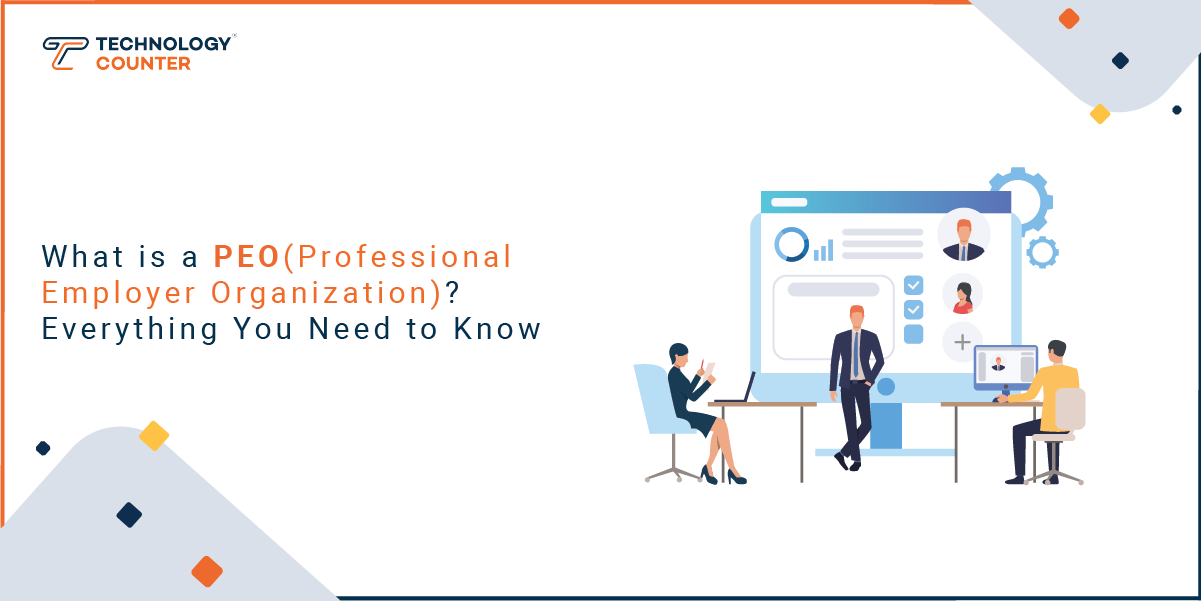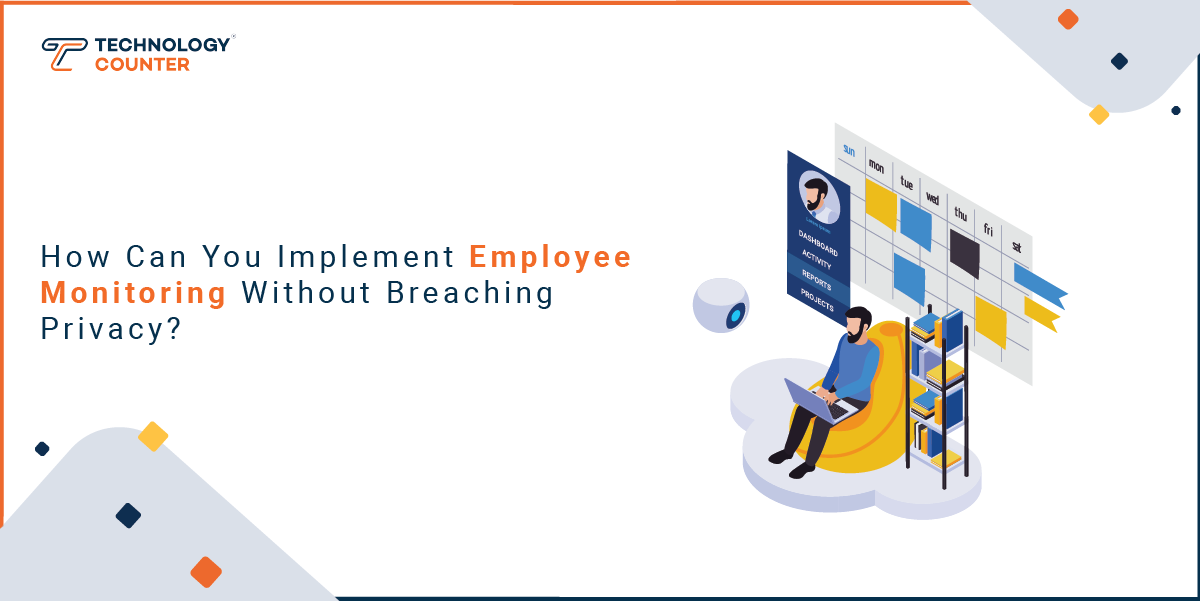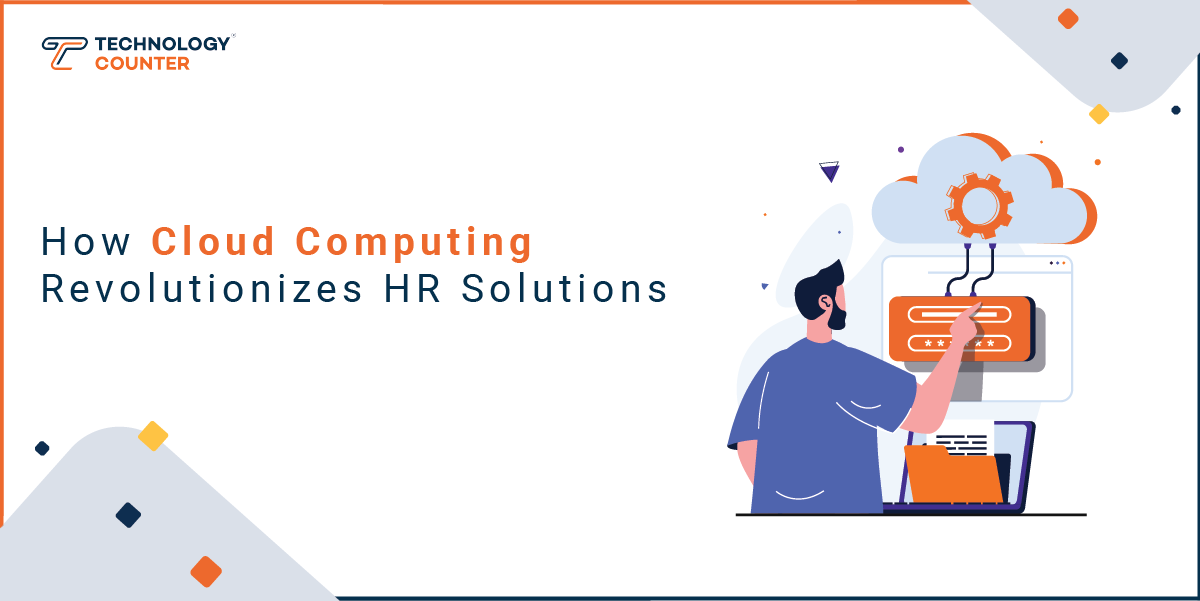Creating a fair leave policy for your employees is essential to fostering a positive work environment and ensuring employee satisfaction. A well-crafted leave policy not only provides clear guidelines for paid time off but also demonstrates your commitment to employee well-being and rights. In this blog post, we will explore the key elements of an effective leave policy, offering practical tips and best practices to help you create a balanced and equitable approach to leave management in your organization. Whether you are an HR professional, business owner, or team leader, these insights will guide you in developing a leave policy that meets the needs of both your employees and your business.
Key Components to Create a Fair Leave Policy for Your Employees:
-
Understanding the Basics of Leave Policies
-
Legal Considerations and Employee Rights
-
Steps to Create a Fair Leave Policy
-
Best Practices for Implementing Leave Policies
-
Enhancing Employee Well-being through Fair Leave Policies
1. Understanding the Basics of Leave Policies
The Importance of Leave Policies: Leave policies are critical to the smooth operation of any organization. They provide a structured approach to employee absences, ensuring that operations continue efficiently while respecting employees' personal needs. A fair leave policy can boost morale, enhance productivity, and reduce turnover rates.
Types of Leave: There are various types of leave that organizations may offer, including:
1. Sick leave: It is time off for employees to recover from illness.
2. Vacation Leave: Set aside time for leisure and relaxation.
3. Maternity/Paternity Leave: Time off for new parents to care for their newborns.
4. Bereavement Leave: Time off to grieve and attend funerals.
5. Personal Leave: For personal reasons that don't fall under other categories.
Historical Context: Historically, leave policies have evolved significantly. The Industrial Revolution marked the beginning of structured leave, as workers demanded better working conditions. Over time, regulations like the Family and Medical Leave Act (FMLA) in the United States have further shaped leave policies to protect workers' rights.
Related Article: Best Time Tracking Methods to Boost Employee Productivity
2. Legal Considerations and Employee Rights
Key Legislation: Understanding the legal underpinning for leave policies is critical. Key legislation includes:
The Family and Medical Leave Act (FMLA): Provides eligible employees with unpaid, job-protected leave for specific family and medical reasons.
Fair Labor Standards Act (FLSA): Governs minimum wage, overtime pay, and child labor laws, indirectly affecting leave policies.
Employee Rights: Employees have the right to:
Job Protection: Under laws like FMLA, employees' jobs are protected during their leave.
Non-Discrimination: Leave policies must be applied uniformly to prevent discrimination based on gender, race, or other protected characteristics.
3. Steps to Create a Fair Leave Policy
Step 1: Assess Organizational Needs
Begin by evaluating your organization's specific needs. Consider factors such as the nature of your business, employee demographics, and industry standards.
Step 2: Consult Legal Experts
Consult legal specialists to ensure compliance with all relevant legislation. This will help you avoid legal pitfalls and create a policy that protects both the organization and its employees.
Step 3: Involve Employees
Involve employees in the policy creation process. Solicit feedback and consider their needs and preferences to create a policy that is both fair and practical.
Step 4: Define Leave Types and Entitlements
Clearly define the types of leave available and the entitlements for each. Specify the duration, eligibility criteria, and any documentation required.
Step 5: Communicate Clearly
Ensure that the leave policy is communicated clearly to all employees. Provide a comprehensive employee handbook and conduct regular training sessions to keep everyone informed.
Also read: What Are the Most Effective Strategies for Employee Management?
4. Best Practices for Implementing Leave Policies
Consistent Application: Apply the leave policy consistently across all levels of the organization. This helps prevent discrimination and ensures fairness.
Flexibility: While consistency is essential, it is also critical to allow for some flexibility. Consider individual circumstances and be willing to make reasonable accommodations when necessary.
Regular Review and Updates: Regularly review and update the leave policy to reflect changes in legislation and organizational needs. This guarantees that the policy is still relevant and effective.
Technology Integration: Utilize leave management software to streamline the process. This can help in tracking leave balances, approving requests, and ensuring compliance.
5. Enhancing Employee Well-being through Fair Leave Policies
Promoting Work-Life Balance: A fair leave policy promotes work-life balance, which is essential for employee well-being. Encouraging employees to take their entitled leave helps prevent burnout and increases job satisfaction.
Supporting Mental Health: Recognize the importance of mental health by including provisions for mental health days. This demonstrates a commitment to employees' overall well-being.
Encouraging Open Communication: Create a climate in which employees feel comfortable discussing their leave needs. Open communication helps address issues proactively and ensures that employees feel supported.
Find out more: How Can You Optimize Your Applicant Tracking Process?
Conclusion
Creating a fair leave policy is an important part of efficient employee management. By understanding the basics, adhering to legal requirements, and implementing best practices, organizations can develop policies that support employee well-being and organizational success. A fair leave policy not only ensures compliance with laws but also fosters a positive work environment, enhances employee satisfaction, and ultimately contributes to the overall productivity management and success of the organization.
FAQs:
Q1. What are the key components of a fair leave policy?
A: A fair leave policy clearly defines leave categories, eligibility criteria, entitlements, paperwork requirements, and procedures for requesting and granting leave.
Q2. How can organizations ensure compliance with legal requirements when creating leave policies?
A: Organizations should consult legal experts to ensure their leave policies comply with relevant laws, such as the Family and Medical Leave Act (FMLA) and the Fair Labor Standards Act (FLSA).
Q3. Why is employee involvement important in creating a leave policy?
A: Involving employees in the policy creation process helps ensure that the policy meets their needs and preferences, fostering a sense of fairness and inclusion.
Q4. How often should leave policies be reviewed and updated?
A: Leave policies should be reviewed and updated regularly, at least annually, to reflect changes in legislation, organizational needs, and industry standards.
Q5. How can technology help in managing leave policies effectively?
A: Leave management software can streamline the process by tracking leave balances, automating approvals, and ensuring compliance, making it easier to manage leave efficiently.











Post your comment